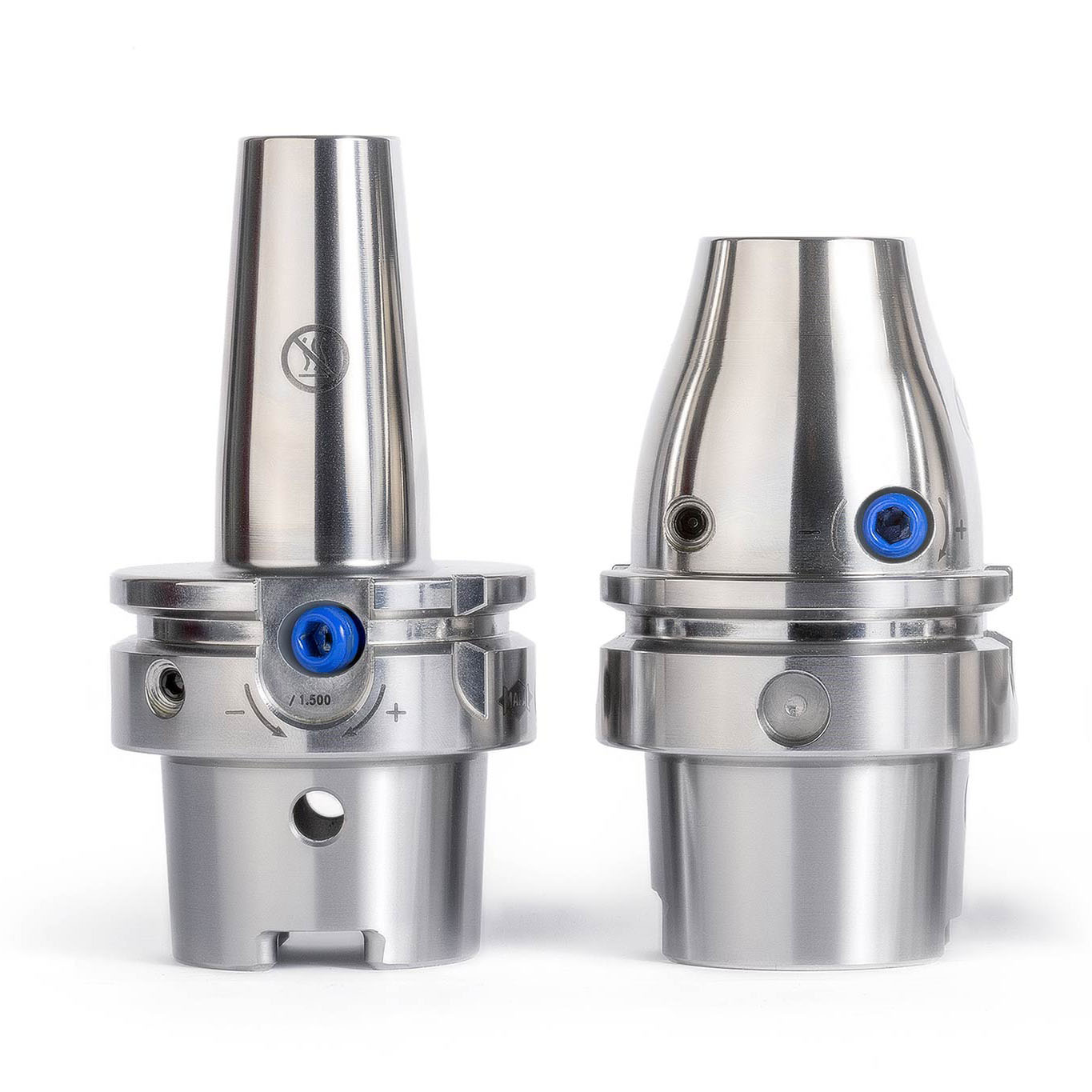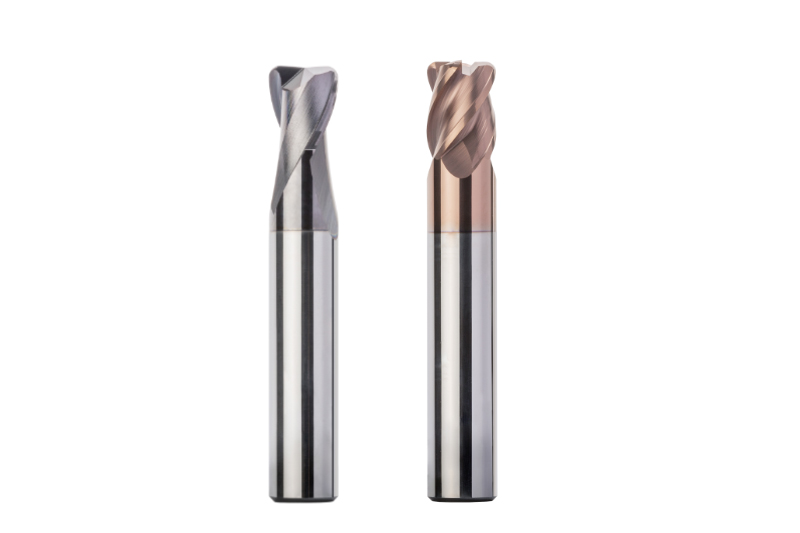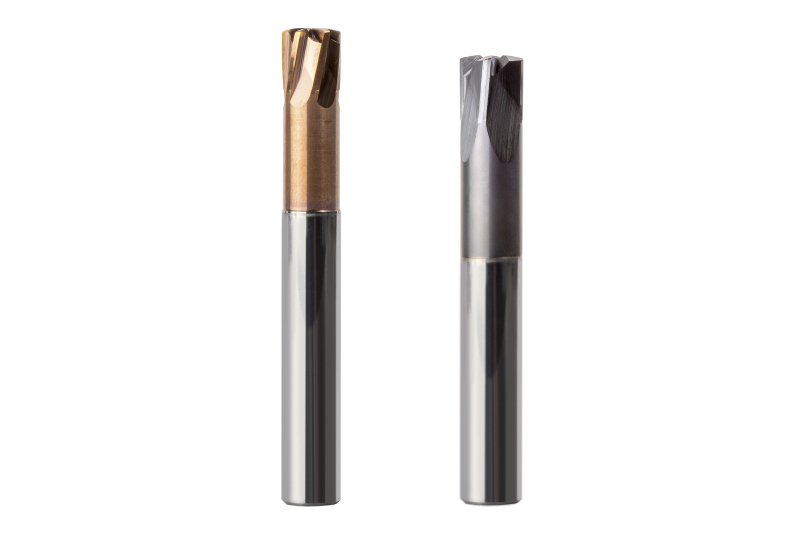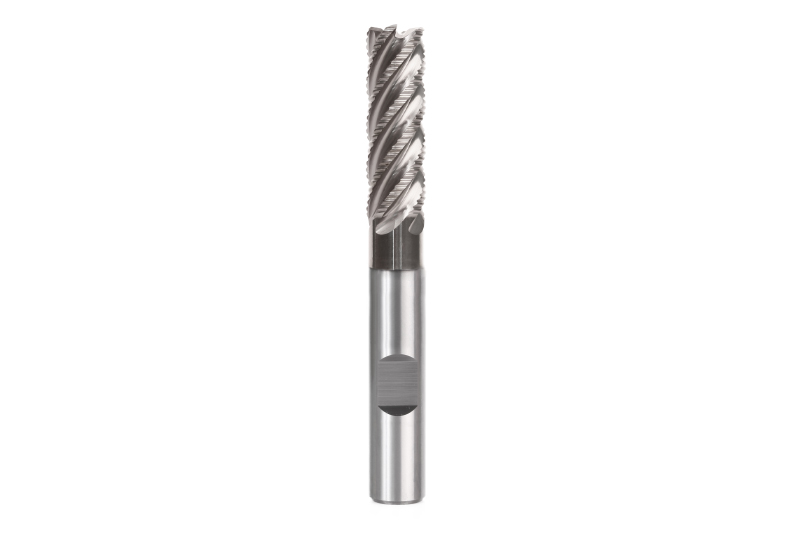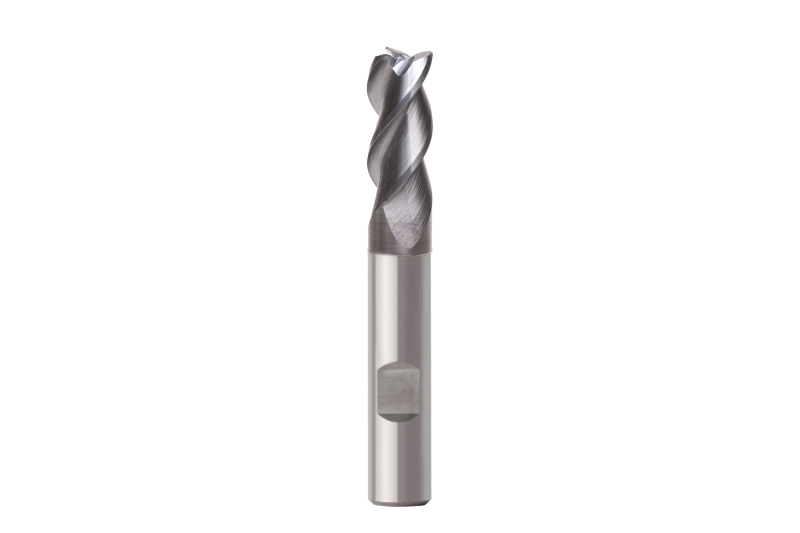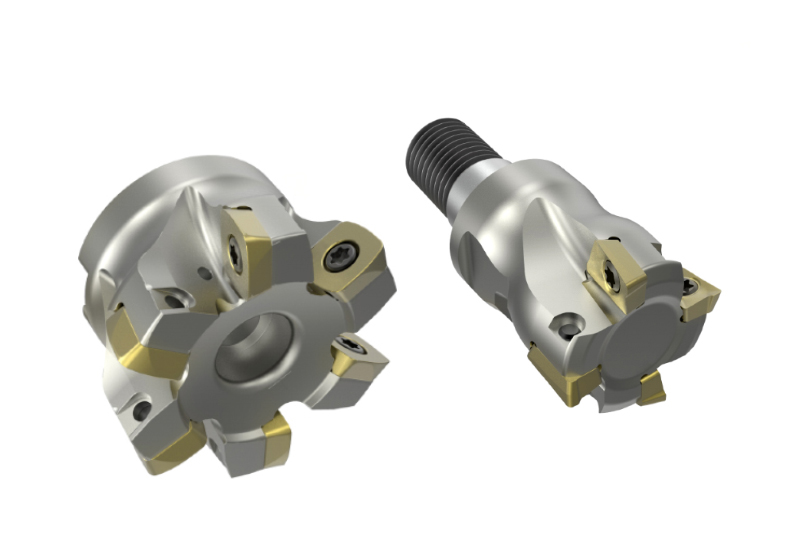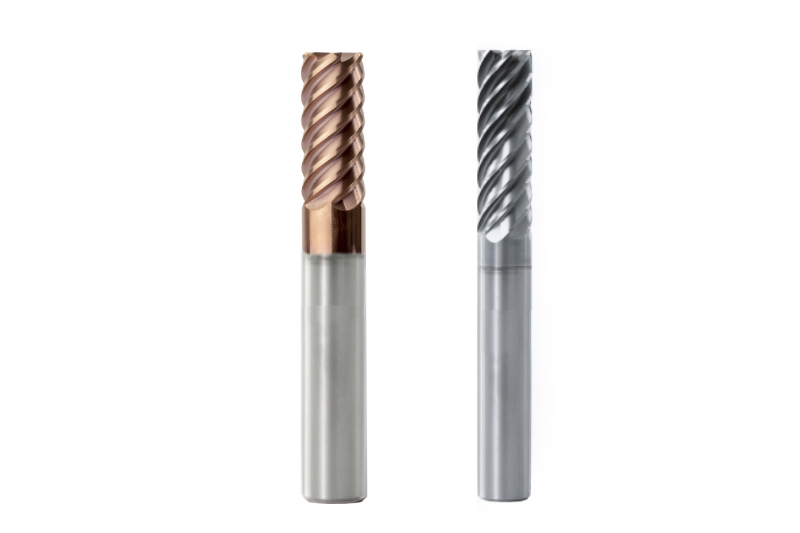Usinage de surfaces en 2D
Cette catégorie comprend d'une part les opérations d'usinage réalisées directement sur la machine, telles que le surfaçage, le fraisage de poches et de parois droites. D'autre part, des opérations pour géométries complexes, programmées à l'aide d'un logiciel de FAO.

Aperçu des outils pour les étapes d'usinage suivantes :
Ébauche
L'opération d'ébauche est responsable de la majeure partie du volume d’usinage. Des stratégies de fraisage spéciales, telles que l'usinage grande avance ou le fraisage trochoïdal, peuvent réduire la durée d'usinage et donc augmenter la rentabilité. Outre les outils à plaquettes amovibles et les fraises en carbure monobloc, des fraises hautes performances à géométrie d'ébauche spéciale sont utilisées.
Ébaucher la matière résiduelle
Après l'ébauche, les utilisateurs effectuent une deuxième étape d'usinage sur la matière résiduelle, en particulier dans les coins et les cavités, afin d'obtenir une surépaisseur aussi constante que possible. En règle générale, on utilise des outils à rayon d'angle ou des fraises à grande avance. Si nécessaire, une fraise sphérique peut également éliminer la matière résiduelle dans les coins.
Semi-acabamento
Para altas exigências de precisão dimensional e qualidade superficial, recomenda-se o semi-acabamento antes do acabamento. O semi-acabamento aproxima a usinagem do perfil de forma final. O objetivo é obter um material residual que seja o mais constante possível, a fim de permitir um acabamento rápido com altas exigências na qualidade da superfície. A tolerância após o desbaste é de aproximadamente 0,5-1 mm para materiais endurecidos e 0,03-0,5 mm para materiais macios. Após o semi-acabamento, as tolerâncias constantes são de 0,05-0,1 mm para materiais endurecidos e 0,1-0,3 mm para materiais macios.
Acabamento
A operação de acabamento remove a permissão restante para alcançar a forma final. Após o semi-acabamento, isto é 0,05-0,1 mm para materiais endurecidos e 0,1-0,3 mm para materiais macios. As fresas esféricas e/ou com raio de canto são a ferramenta de escolha, dependendo dos contornos finais da peça a ser trabalhada.
Acabamento de material residual
As propriedades cada vez mais complexas das formas a serem produzidas requerem, após a usinagem de acabamento uma fresagem do material residual, principalmente nos cantos. As fresas esféricas de metal duro integral são normalmente utilizadas para este fim.
